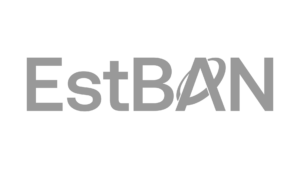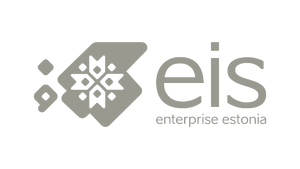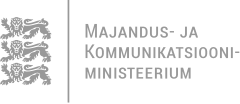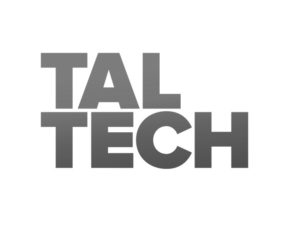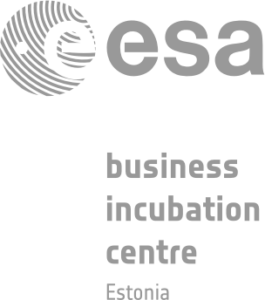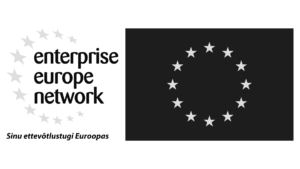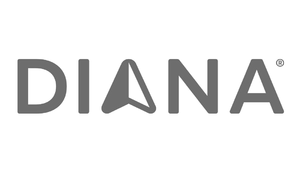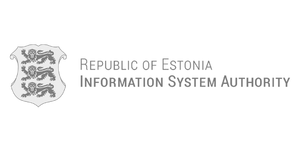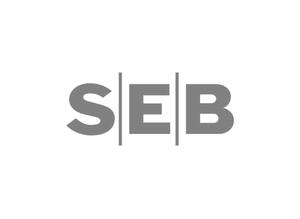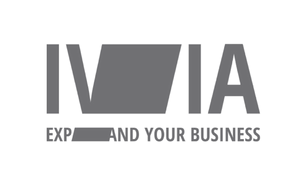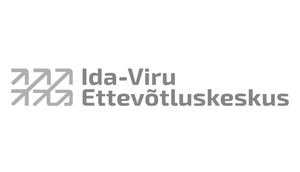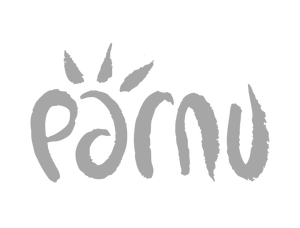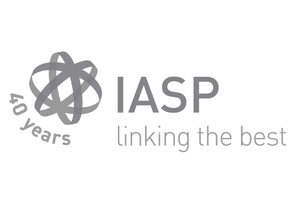23.08.2023
Notes from the Opinion Festival: About the ecosystem opportunities and innovation in healthcare
At the Opinion Festival (Arvamusfestival in Estonian), Piret Hirv (Connected Health Cluster), Priit Kruus (Dermtest), Liis Kruus (Health Insurance Fund), and Marius Arras (Confido) discussed how to bring more innovation into healthcare. Moderated by Estonian journalist Neeme Raud, the discussion revolved around digital solutions in Estonia and why we are not fully utilizing their potential today.
On one hand, people want innovative solutions to be available quickly because they help us live longer and healthier lives. On the other hand, it’s essential to understand that health-related solutions must be evidence-based and of high quality, and research and development work is often time-consuming.
Innovation cannot solely rely on entrepreneurs; national support and various ecosystems that foster innovation are crucial. Today, we see that innovation is not only driven by the private sector or external providers, but the government is also moving in the direction of improving the quality of state data and data utilization solutions. There is also an increasing trend toward public-private partnership, which requires quality data.
One possible way to bring innovative solutions closer to people is through technology. However, it’s also necessary to consider other supporting measures – there’s no getting around the fact that healthcare needs more funding.
Piret Hirv, the former head of the Connected Health Cluster and the health technology sector at Tehnopol Science and Business Park, highlighted the opportunities of ecosystems. Ecosystems bring together various stakeholders from both the public and private sectors. To implement joint projects, including preparatory work (workshops, discussions, etc.), resources and financial support are needed. Various projects that support the realization of innovative ideas are crucial in this regard. Piret highlighted the European project Gravitate-Health as a good example. The project brings together different stakeholders and facilitates discussions to find solutions for bringing innovation to healthcare faster.
The Gravitate-Health project also emphasizes that individuals should contribute more to improving their health behaviour and have control over their health. Fortunately, we already see that this is happening more and more and it has become a natural part of our lifestyles. Consider how many of us track our daily step count or set personal health-related goals. Through such goals, an increasing amount of data is collected, which can be used to create new innovative solutions.
Another good example of ecosystem opportunities and collaboration between the government and the private sector is the ongoing lung cancer patient journey development project. The project maps out the journey of lung cancer patients, analyzes it, identifies the most significant pain points, and proposes suggestions for improvement. This is the first project of such magnitude involving three major pharmaceutical companies, the Estonian Health Insurance Fund, and the Ministry of Social Affairs.
Fortunately, Estonia is seeing a growing number of innovative solutions, and we increasingly see solutions that utilize (genetic) data. Some solutions combine a person’s genetic data with their lifestyle habits to help prevent potential diseases. An example of such a solution is being developed by Geneto, a member of the cluster. All participants in the panel discussion agreed that the future focus should be on prevention rather than treatment, as it is far more critical.
The panel discussion was funded by Gravitate-Health project. This project has received funding from the Innovative Medicines Initiative 2 Joint Undertaking (JU) under grant agreement No 945334. The JU receives support from the European Union’s Horizon 2020 research and innovation programme, the European Federation of Pharmaceutical Industries and Associations [EFPIA], and Datapharm Limited. The total budget is 18.5M€ for a project duration of 60 months.



